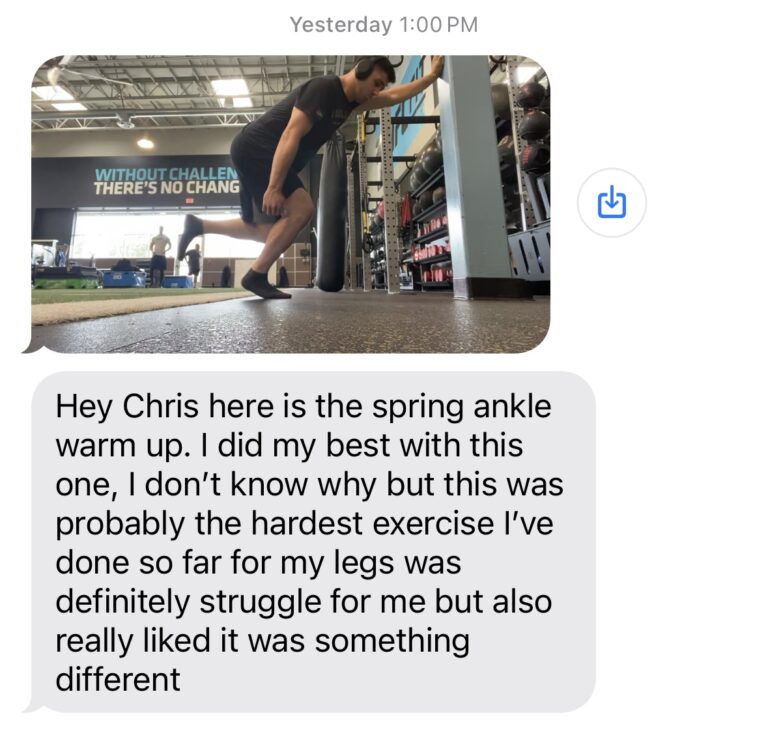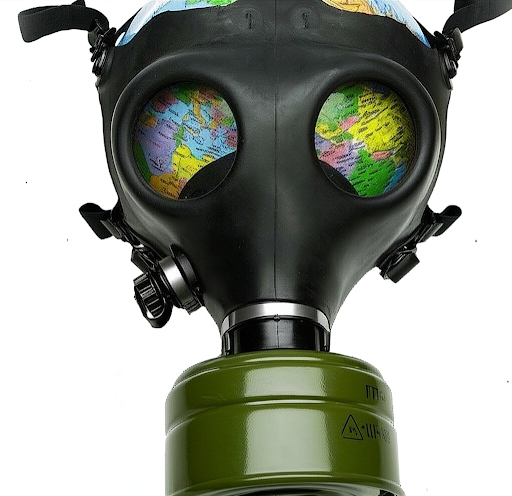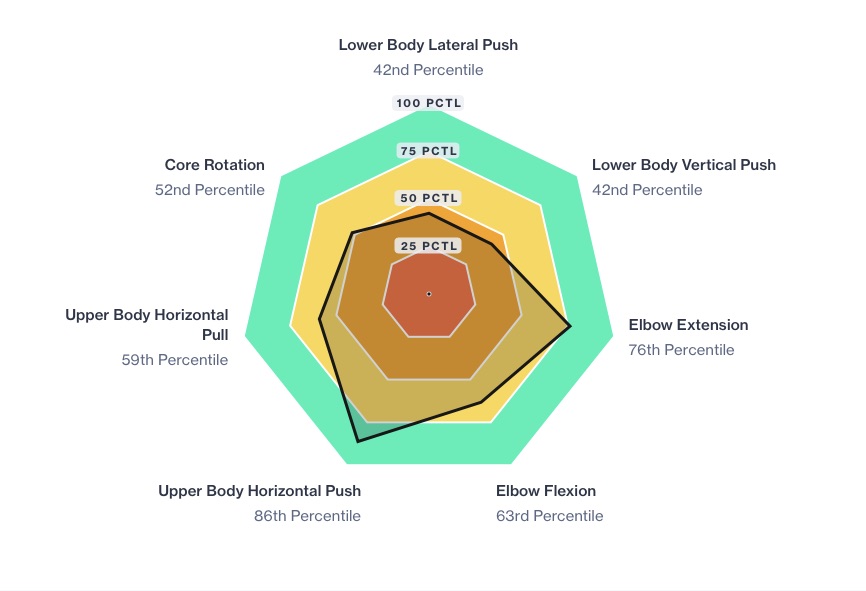Physical therapist Gary Grey made this statement over two decades ago, emphasizing the critical nature of foot strength. Previously, my focus was primarily on training various body parts while neglecting the feet and striving for maximum strength and muscle gain. It was only in recent years that I grasped the significance of developing robust feet and ankles. Subsequently, I have dedicated considerable time to acquiring knowledge and valuable resources on effective foot and ankle training methods.
In a brief blog post titled “Your Shoes Are Making Your Feet Weak” dated July 12, 2023, I shared videos discussing the importance of a strong foot/ankle complex. Since then, I have continued to expand my knowledge and training techniques for optimizing this area.
The Foot Contains Approximately 25,000 Receptors and Endures Forces Equivalent to Five Times One's Body Weight or More During Running.
In the scenario of a 200-pound athlete, this translates to 1000 pounds of force upon ground contact. Failure of the foot and ankle to adequately absorb these forces may result in the body diminishing strength output as a protective mechanism. Insufficient foot and ankle stability could lead to potential knee issues, as the hip may compensate by restricting movement to provide stability. Therefore, I view the foot and hip as collaborative partners in ensuring stability.
So, we need exercises that are going to get the feet and ankles very strong. Also, I wouldn’t say I like to waste time so whatever I do I’d like to see results happen fast. I believe start with the feet and from the ground up is the best way I see to train the lower body as of now. Here are a few things I’m currently doing in no order of importance.
Start With a Great Shoe
It would help if you had something with minimal cushion, a wide toe box so your toes can splay when your foot strikes the ground, and no heel lift so that your lower shank (your shin down to where your ankle and feet connect) can properly move in all three dimensions. Lately all I’ve been seeing is big cushioned shoes like Hoka, which is akin to unstable surface training, which proved to be a pretty horrible training concept unless you were rehabbing an injury. For the middle school and high school students I train, if they’re unable to get a new pair of minimal shoes, I have them get out of their shoes and train as much as possible.
Start From The Ground Up
Start your training with exercises that train the foot/ankle to absorb the forces that it will see when running. Because of this and from the work of Cal Dietz and Chris Korfist, I do most of my quad exercises with my heel off the floor and with the weight on the forefoot and through the big toe and second toe next to it ( I don’t let the loads roll to the outside of the feet). If you want to learn something interesting, look into the babinski reflex and how the big toe works with the glutes.
Don't Neglect Isometric Exercises and Jumps
I see these being overlooked by many people, especially those who train more like a bodybuilder would as opposed to how an athlete should. We usually split isometric exercises and jumps on different days. I’m currently having some athletes use a weekly triphasic training plan with one day devoted to concentric-focused training, one day for isometric-focused training, and one day for eccentric-focused training.
I learned this from the course Fast Fascia by ALTIS. This could be used as a great warm-up, or as an actual exercise for someone that hasn’t done much to any training for the foot/ankle complex. As they get more advanced and can tolerate more volume, then this might become exclusively just a warm-up. I’m not sure of that yet. I have put this in a few peoples programs, and here is what one of my MMA Fighters had to say:





